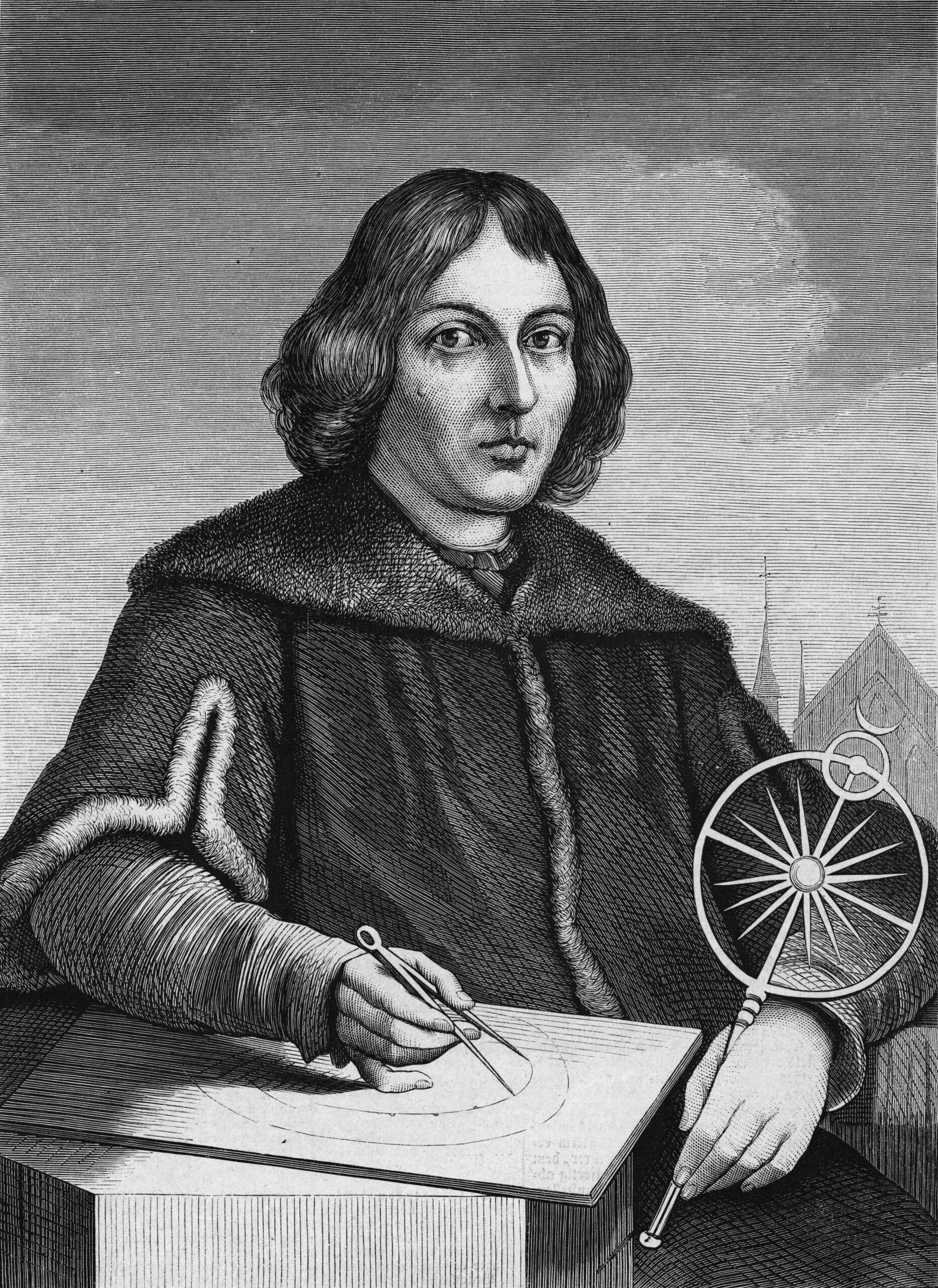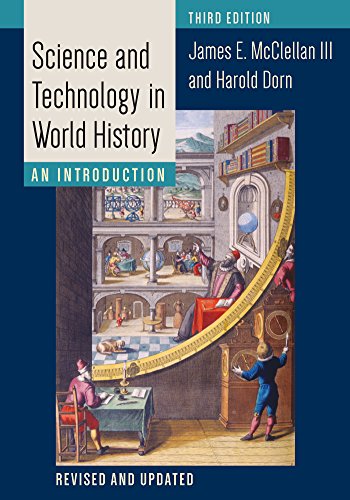Who Discovered Heliocentrism?
Heliocentrism is the belief that the Sun is at the center of the universe and all other celestial objects orbit around it. This idea dates back to ancient Greek times, but who discovered heliocentrism is still debated. The most commonly accepted answer is that it was the Polish astronomer Nicolaus Copernicus who first proposed the idea in his book De Revolutionibus Orbium Coelestium in 1543. His work laid the foundation for modern astronomy and helped to challenge the long-held geocentric view of the universe. Other astronomers, including Galileo Galilei and Johannes Kepler, helped to expand on Copernicus’s theories and further support the heliocentric model.
History of Heliocentrism
The heliocentric theory of the universe was first proposed by the Greek philosopher, Aristarchus of Samos, around 280BC. The concept of the sun being the center of the universe, as opposed to the earth, was revolutionary and sparked debate between astronomers, mathematicians and theologians of the time. The idea was not accepted as fact until the 16th century when Copernicus wrote his famous work, De Revolutionibus Orbium Coelestium, which outlined the heliocentric theory.
In the 17th century, Johannes Kepler used mathematics to explain the motion of planets, which added credibility to the heliocentric theory. As time progressed, Galileo Galilei and Isaac Newton further developed the heliocentric theory, showing how Kepler’s Laws of Planetary Motion worked with a sun-centered model. Today, the heliocentric model is thought to be the most accurate description of the universe and has been proven with modern technology.
The heliocentric theory has been a cornerstone of astrophysics since its conception and has drastically changed the way we view the universe. The remarkable journey of the heliocentric model is an inspiring story of innovation, collaboration, and discovery that continues to shape our understanding of the cosmos.
Copernicus and Heliocentrism
Heliocentrism, the idea that the sun is the center of the universe, was first proposed by the Polish astronomer Nicolaus Copernicus in the 16th century. Copernicus’s revolutionary theory changed the way people saw the universe, as it contradicted the traditional geocentric view that had been accepted since antiquity. Copernicus’s groundbreaking ideas helped to shape the scientific revolution of the 17th century, and paved the way for modern astronomy.
Copernicus’s heliocentric model was first published in his 1543 book, On the Revolutions of the Celestial Spheres. In this work, Copernicus outlined his heliocentric theory, which proposed that the sun is at the center of the universe, and that the planets revolve around it in circular orbits. This contradicted the traditional Ptolemaic geocentric model, which placed the Earth at the center of the universe.
Copernicus’s work was met with resistance, as it challenged the long-accepted geocentric view of the universe. However, his heliocentric model was eventually accepted after further investigation by other astronomers, such as Johannes Kepler and Galileo Galilei. Today, Copernicus’s heliocentric model is the basis of modern astronomy and is accepted as the most accurate description of the universe.
Galileo and Heliocentrism
The debate about the heliocentric theory, the idea that the Earth and other planets revolve around the Sun, has been around for centuries. But it was Galileo Galilei who first argued for the heliocentric model in the 17th century. Galileo’s observations and experiments with the telescope changed the way people saw the universe.
Though Galileo was not the first to propose a heliocentric worldview of the Universe, his observations and theories were revolutionary. He was the first to observe Jupiter’s four moons, which provided evidence for a heliocentric model. He also provided detailed descriptions of the phases of Venus, which he used to argue that the planet was orbiting the Sun. Galileo’s work was considered controversial at the time, but it eventually led to the acceptance of heliocentrism as a scientific fact.
Galileo’s contributions to the heliocentric theory are immense. He provided detailed descriptions of the planets, moons, and stars, as well as developing a new telescope. His work laid the foundation for modern astronomy and helped to shift scientific thought away from the Ptolemaic model of the Universe. His work has been celebrated for centuries, and his name is synonymous with heliocentrism.

Kepler and Heliocentrism
The widely accepted scientific theory of heliocentrism, or the idea that the Sun is at the center of our solar system, was discovered by German astronomer Johannes Kepler in the early 17th century. His landmark work, the Astronomia Nova (1609), provided the initial evidence that the Sun was at the center of the universe. In this work, Kepler described the motions of the planets in the solar system, including the observations of the planet Mars. His observations were groundbreaking and served as the foundation for heliocentrism, which would later be further developed by Galileo Galilei and Sir Isaac Newton.
Kepler’s Astronomia Nova was based on Tycho Brahe’s detailed observations of the planets. Kepler used these observations to develop his own mathematical equations that accurately described the planetary motion, allowing him to determine that the planets revolved around the Sun. This was a major step forward in understanding the solar system, and it challenged traditional geocentric theories of the universe that placed the Earth at the center.
Heliocentrism was a controversial idea in the 17th century, and Kepler was even accused of heresy for his views. Despite these challenges, Kepler and his work were eventually accepted by the scientific community and heliocentrism is now a widely accepted scientific principle. His discovery has been an important part of the development of modern astronomy and has helped us better understand our universe.
Modern Heliocentric Theories
Heliocentrism, the idea that the sun is at the center of our solar system, was first proposed by Aristarchus of Samos in the 3rd century BCE. However, it wasn’t until the 16th century that the theory was widely accepted by the scientific community. The discovery of heliocentrism can be credited to Nicolaus Copernicus and his revolutionary book, On the Revolutions of the Celestial Spheres, published in 1543. This book was the first to suggest that the planets revolve around the sun, rather than the Earth.
In the years that followed, other scientists further developed heliocentric theories. For instance, Johannes Kepler discovered the laws of planetary motion, which further confirmed heliocentrism. Galileo Galilei observed the moons of Jupiter, which proved that the Earth was not the center of the universe. Finally, Isaac Newton’s law of gravity provided a scientific explanation for how the sun and planets interact.
Today, heliocentrism is accepted as a fundamental concept in astronomy and is taught in classrooms around the world. By exploring the history of this revolutionary idea, we can gain insight into the fascinating developments in science that have helped to shape our understanding of the universe.
Impact of Heliocentrism on Astronomy and Society
The discovery of heliocentrism changed the way we view the universe and our place within it, revolutionizing astronomy and society. Heliocentrism is the belief that the sun is at the center of the universe, rather than the Earth. This discovery was made possible by Copernicus, Galileo, and Kepler—the key figures of the Scientific Revolution.
The acceptance of heliocentrism had a dramatic effect on the field of astronomy. Copernicus postulated that the motion of the planets could be explained by assuming the sun was at the center, rather than the Earth. This insight allowed Kepler to explain the orbits of the planets with his laws of planetary motion, and Galileo to use the telescope to observe the moons of Jupiter and the phases of Venus. This provided proof to support the heliocentric model.
The implications of heliocentrism were far-reaching. It changed the way we think about the universe, and our place within it. It also challenged some of the core beliefs of the Church, which had a major impact on society. The discoveries of the Scientific Revolution laid the foundation for modern science, paving the way for further advances in astronomy and other disciplines.
FAQs About the Who Discovered Heliocentrism?
Q1: Who was the first person to discover heliocentrism?
A1: The first person to discover heliocentrism was Nicolaus Copernicus, a Polish astronomer, in the 16th century.
Q2: What is heliocentrism?
A2: Heliocentrism is a scientific theory that states that the sun is the center of the universe and that all the planets and other heavenly bodies revolve around it.
Q3: How did heliocentrism shape our current understanding of the universe?
A3: Heliocentrism helped to revolutionize our understanding of the universe by showing us that the Earth is not the center of the universe and that all the planets and stars revolve around the sun. This theory has since been adopted by modern science and has become the basis of our modern understanding of astronomy.
Conclusion
The Polish astronomer Nicolaus Copernicus is generally credited with the discovery of heliocentrism. In 1543, Copernicus published his book “On the Revolutions of the Celestial Spheres” which proposed that Earth and the other planets revolved around the Sun rather than the Earth being at the center of the universe. Though heliocentrism had been proposed by other astronomers before Copernicus, his was the most comprehensive and convincing argument. Copernicus’ work laid the foundation for the scientific revolution and our modern understanding of astronomy.




